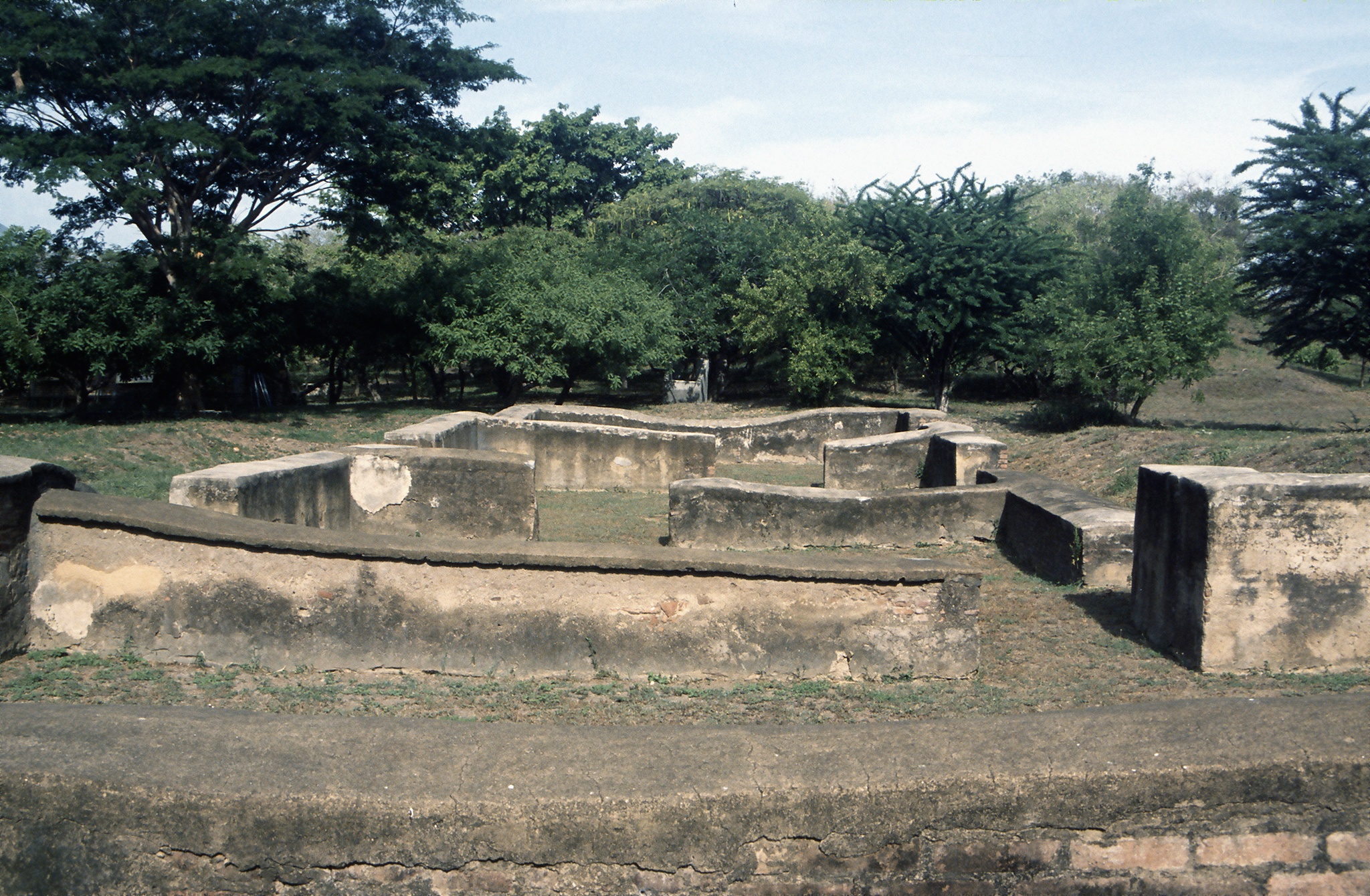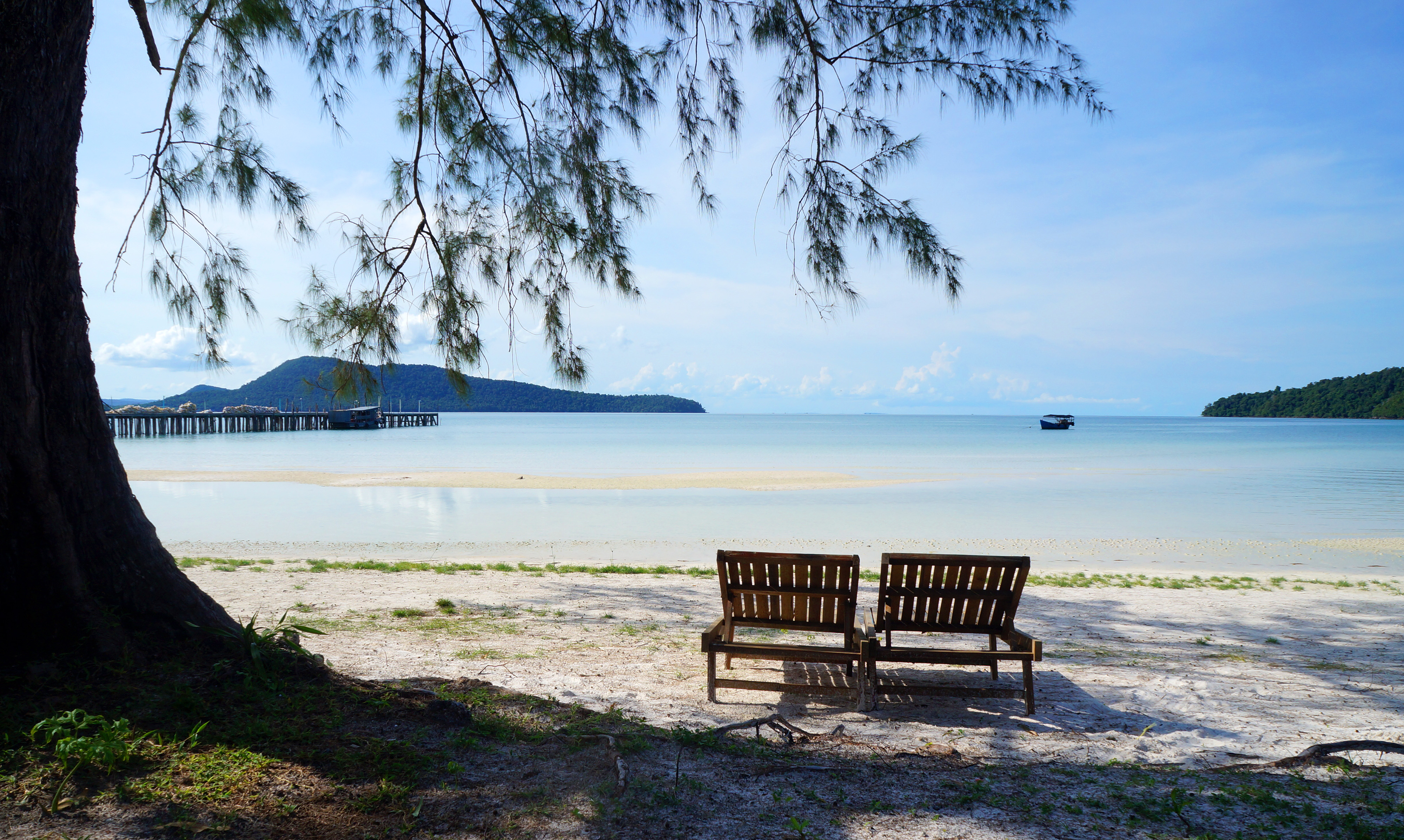A Glimpse into the Mughal Empire's Royal City

Fatehpur Sikri was a planned city constructed by the Mughal emperor Akbar in the late 16th century. It served as his capital for only about 15 years before being abandoned entirely. The city's architecture is an elegant blend of Indian, Persian, and Islamic traditions, and it is home to numerous palaces, temples, and public buildings. I was particularly struck by the Diwan-i-Khas, which features a central pillar covered in elaborate carvings and a roof supported by columns. I also spent time exploring the Jama Masjid, one of the largest mosques in India, and the tomb of one of Akbar's advisors, a magnificent structure decorated with intricate patterns and colorful tiles. In addition to its architectural wonders, Fatehpur Sikri is also notable for its water management system, which included a series of reservoirs and wells. I spent several hours wandering the city's streets and courtyards, imagining what life was like for the people who lived there centuries ago.



